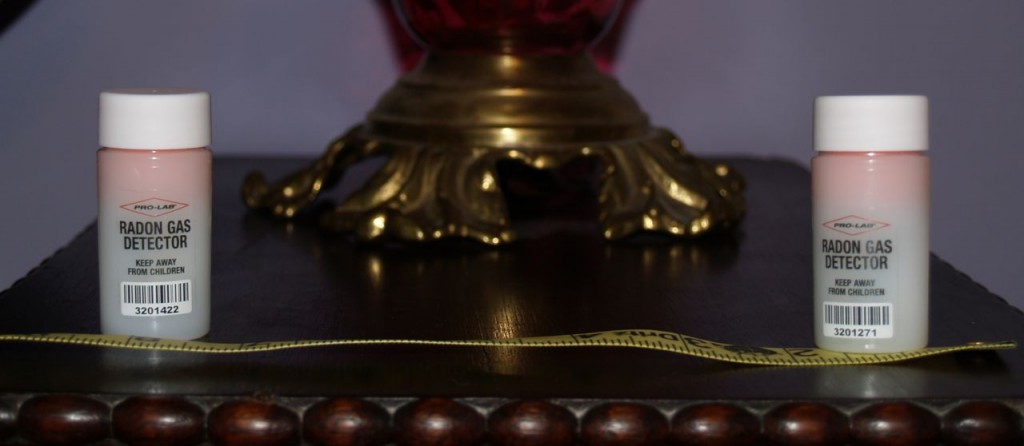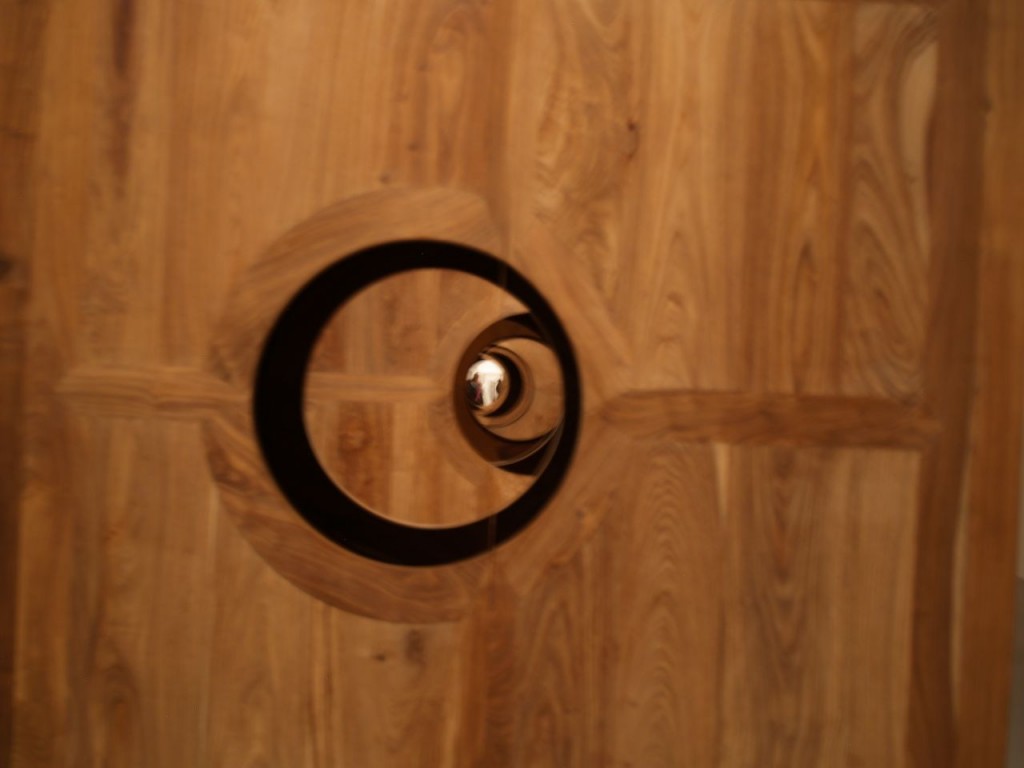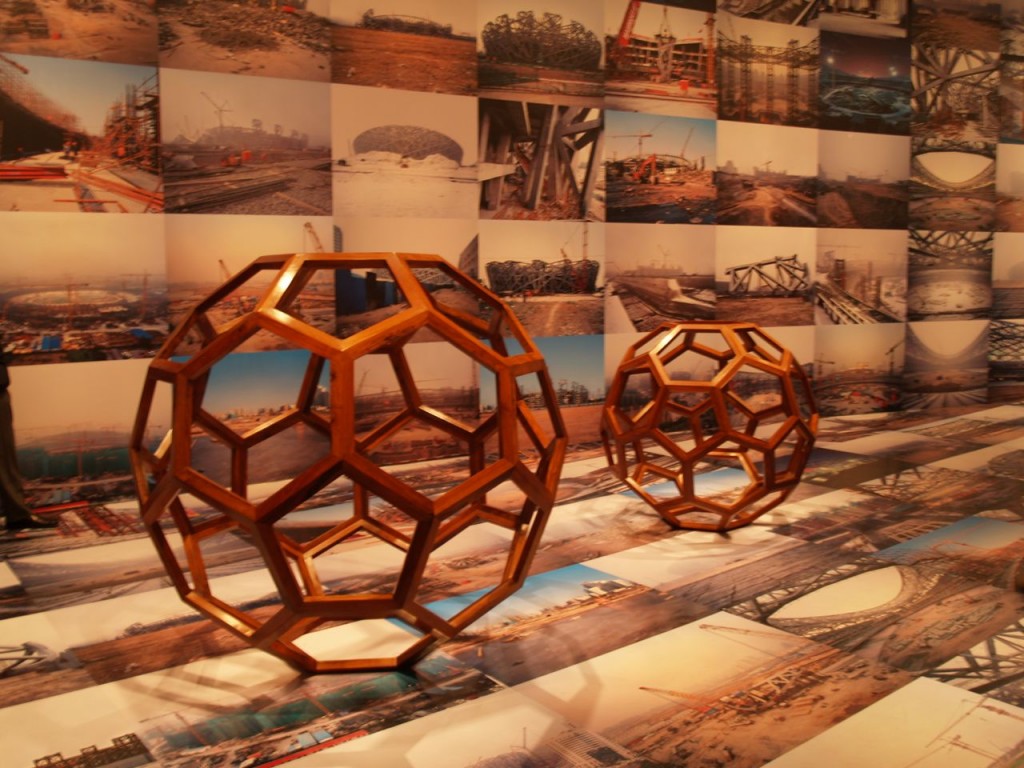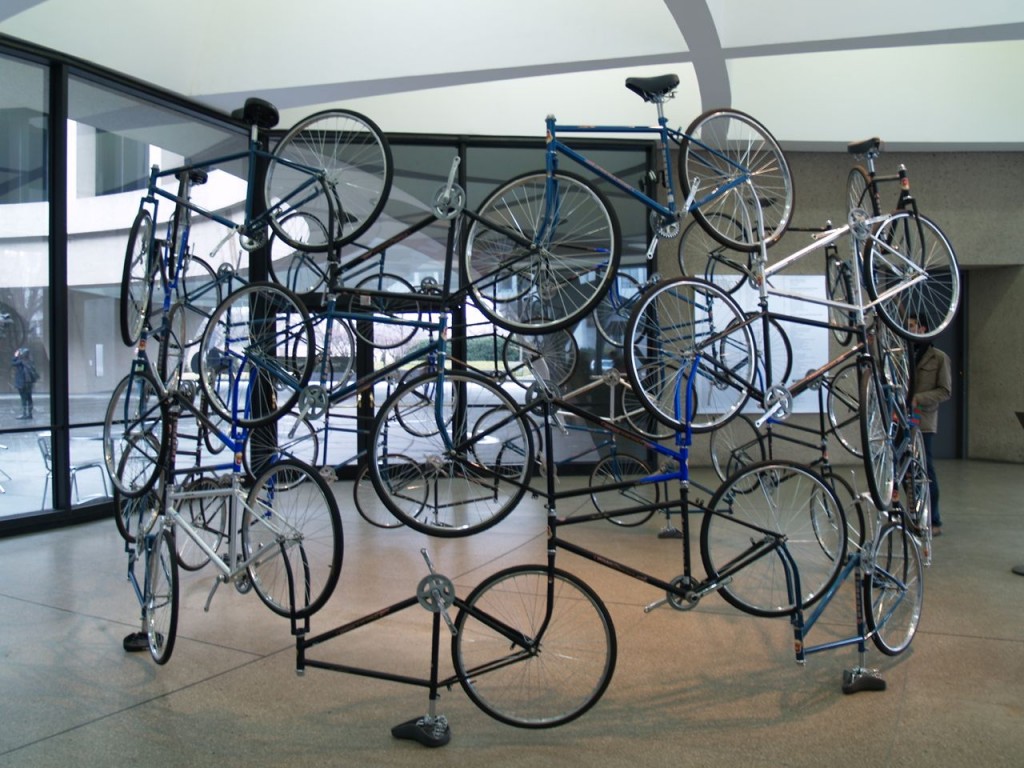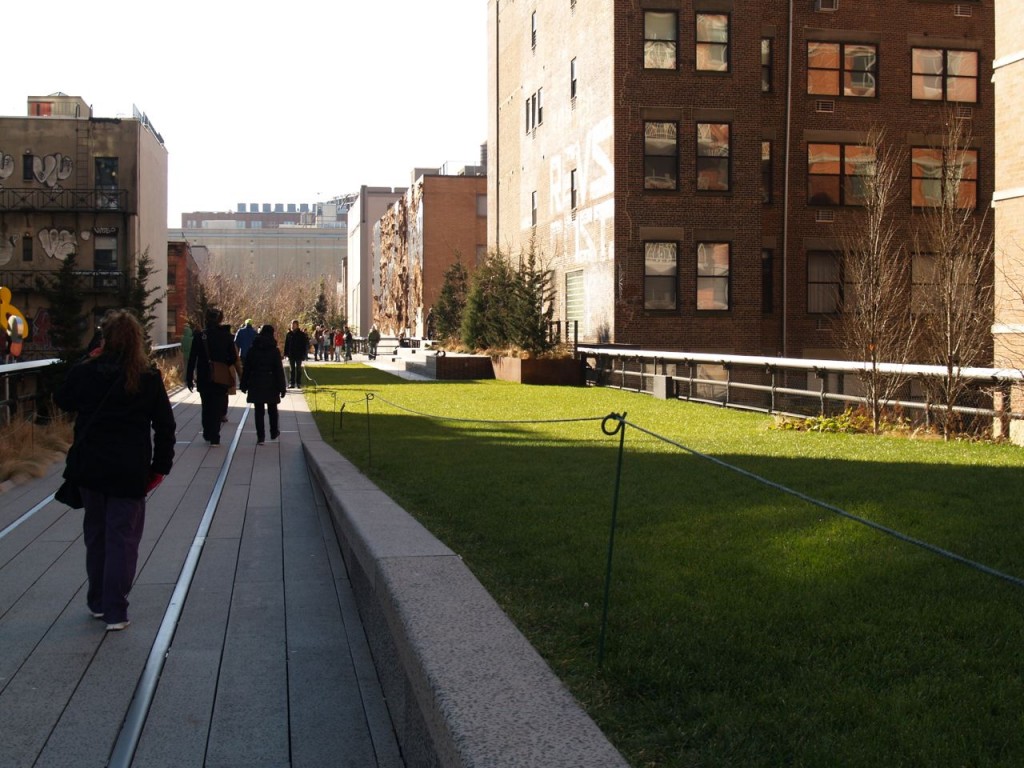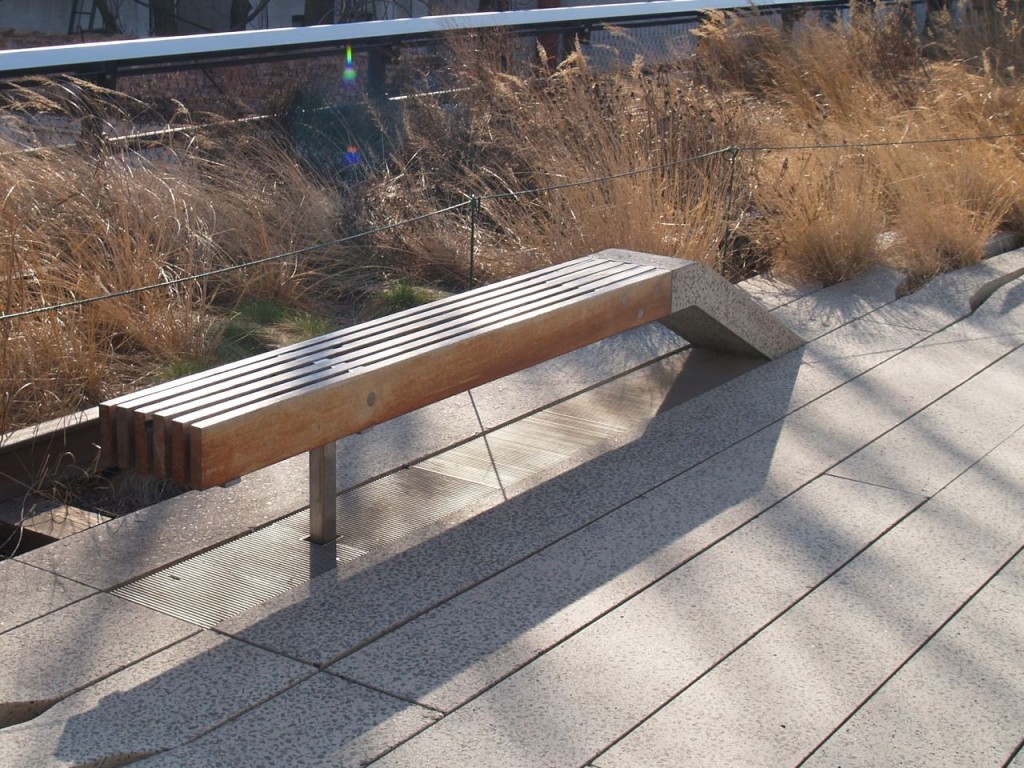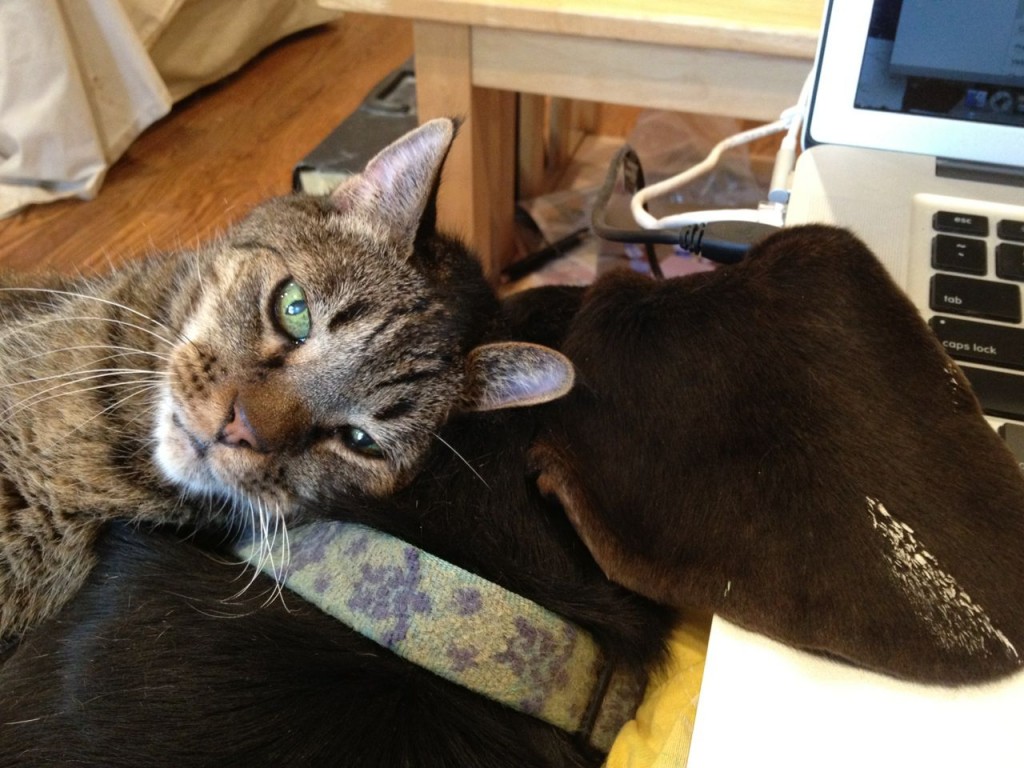I have been renovating my current house for two years now, and I realized before I bought it that it had been built and originally owned by smart, caring home owners, but it was later owned and “renovated” by morons. Therefore, in order to help and possibly stop morons out there, I have decided to start a new, sporadically reoccurring series of posts called “Geeky Girl Engineer’s (GGE’s) Home DIY Tips for Morons.” First, a few disclaimers though as to why you should either ignore or not ignore anything I write.
- I am not a licensed contractor of any type. I am also not a home renovation expert.
- I however have owned and renovated three homes. Much of the work I did myself.
- I am a licensed professional engineer (PE), but I am by no means selling or marketing my services as a PE. Also, I am an environmental engineer, so I am more knowledgable about wastewater and hazardous waste and not so much about structural engineering such as one needs when designing and sometimes renovating a house. I hired a licensed structural PE to help with a portion of my current house’s renovation because I demolished a structural wall.
- As an engineer, I have been known at times, to adhere to the engineer’s adage which is:
- If it doesn’t move and it’s supposed to, use WD-4.
- If it moves and it’s not supposed to, use duct tape.
- If those don’t work, use a hammer to bang the crap out of it. This may not solve the problem, but it will make you feel much better.
- If all else fails, use C-4.
- OK, I totally made up number 4. I have never actually worked with explosives, which is disappointing. Actually, that is not entirely true. I have used picric acid in a dilute solution before to measure creatinine in urine. However it was always in solution and kept in a plastic container and never at risk of exploding.
- As a female, unlike some but not all males, I read the directions. I even read the directions when it is something from IKEA and the directions involve a strange cartoon man, and no matter how well you follow the directions, you always have leftover: three screws, four washers, two nuts, and five wooden dowels. No matter if the piece does not involve wood, there will still be wooden dowels included. Also, I now have a fine collection of Allen wrenches.
- I know what I can and can’t do. I also know what I shouldn’t do. I know when to call in professionals. As a chemical engineer, I have the book knowledge to design a petroleum refinery, but I don’t have a clue how to change the oil in my car. I leave that to the professionals, who can also recycle the oil. I fully understand fluid dynamics, pipe sizing, friction factors, municipal waster and waster design, etc. However, I still use a professional plumber for tasks larger than changing o-rings or existing faucet heads, etc.
- I am a natural blond.
So, while many might be able to learn something from this series of posts, before you attempt any type of home do-it-yourself (DIY) tasks, please try to figure out if you are in fact, a moron. Consider the follow questions:
- Has anyone ever told you that you are a future Darwin award winner or that you almost won a Darwin award?
- If you have an electric outlet with two holes, but your plug has three prongs, is your solution to cut the third prong off the plug?
- Do you believe building codes are silly and not in the least useful?
- Have you ever seen something you did or something very similar to something you did on There I Fixed It? Or are you confused as to why some things are on that site because they look perfectly fine to you?
- Do you think that when a female is raped, her “body has a way to shut that whole thing down” to avoid getting pregnant?
- Have you ever opened a box containing electronics or some other non-food item, found a little packet and thought “oh nice, it came with a snack,” only to be disappointed when it said “don’t eat”?
If you answered yes to any of the above questions, you might be a moron. If you are going to do anything more complicated than changing a light bulb in your home, you might want to consider calling in a professional. Actually, you may want to consider if you are even capable of changing a light bulb. After all, someone had to be the inspiration for all those “how many _____ does it take to change a light bulb” jokes. Please consider carefully. Your future self, and any future owners and occupants of your home will thank you for it.
There is the introduction. Stay tuned for tips based on the incredibly stupid things I have encountered in this house. Contact me if you have questions. Contact me if you have tips or photos of really stupid things done at your house that you would like to share with the morons out there as something not to do. I can promise that if you ask me a question, and I don’t know the answer, I will not make up an answer, but I may be able to refer you to some sites with actual valuable information.

